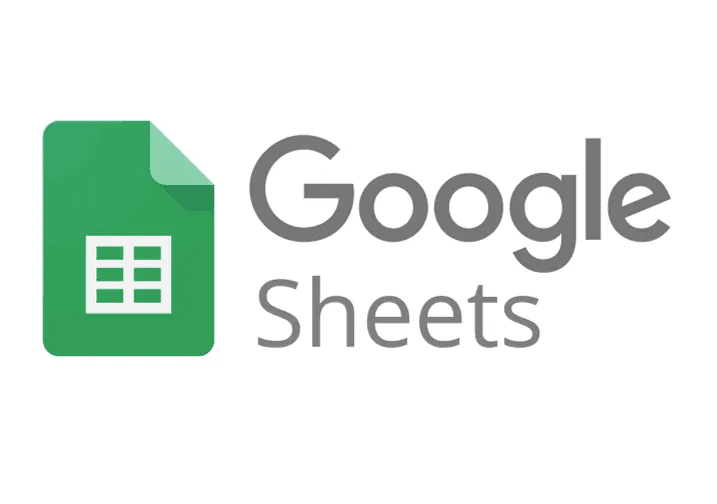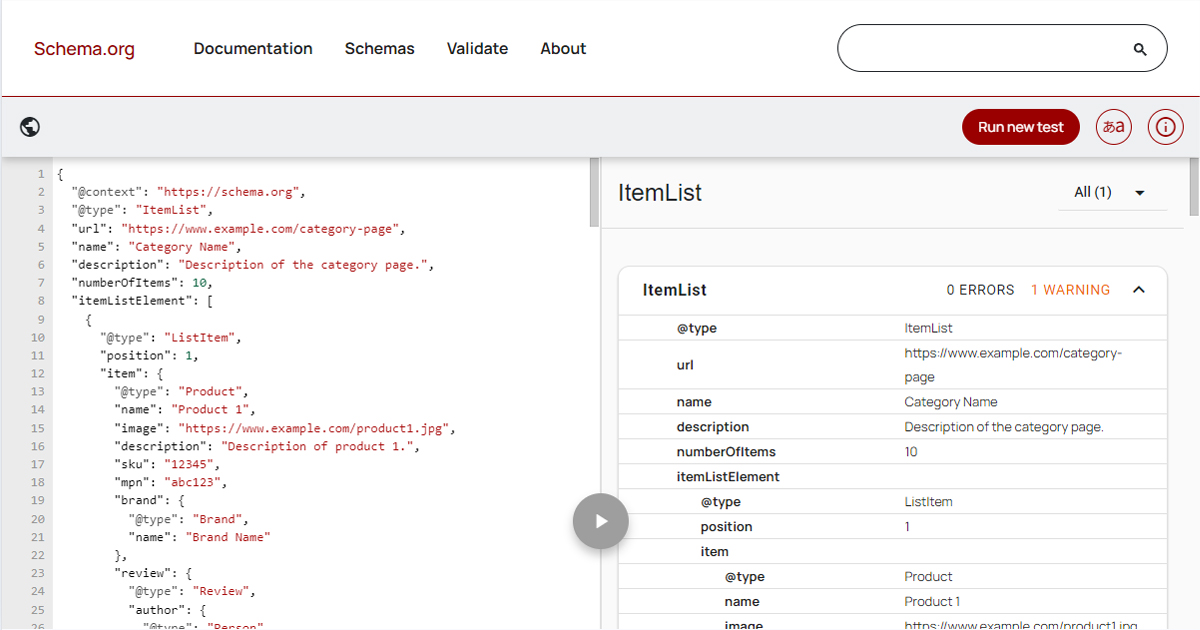
In the vast universe of Google Sheets functionalities, there’s one star that often doesn’t get its deserved shine: Data Validation. This feature ensures that the information entered into your spreadsheet adheres to specific criteria, making your data more consistent, accurate, and professional. Whether you’re trying to prevent errors, streamline data entry, or ensure consistency across your workbook, data validation is your best companion. Let’s dive deep into the world of data validation techniques for efficient sheets.
Understanding the Importance of Data Validation
Before delving into the ‘how,’ let’s comprehend the ‘why.’ Here’s why data validation is crucial:
- Ensures Accuracy: Eliminates the chance of incorrect data entry.
- Standardizes Data: Maintains a uniform format across the sheet.
- Facilitates Easier Analysis: With consistent data, analysis becomes smoother and more reliable.
- Enhances User Experience: Provides guidance on input, making it user-friendly.
Mastering Basic Data Validation
For those unfamiliar, data validation restricts the type of data or the values that users can enter into a cell.
- Setting Up Data Validation:
- Select the cells where you want to apply validation.
- Click on
Datain the menu, then chooseData validation. - Under ‘Criteria,’ you can choose the type of validation you want (like a list of items, number, date, custom formula, etc.)
- Examples:
- Dropdown List: If you want a cell to have predetermined options, use ‘List of items’ and separate each item with a comma.
- Date Restrictions: Ensure users only enter dates in the future or past by choosing ‘Date’ as the criteria and setting a valid range.
Advanced Data Validation Techniques
While basic validation covers many needs, Google Sheets offers advanced techniques for those looking to further enhance their spreadsheets:
- Using Cell References for Lists: Instead of typing out a list of items, reference another range where you have listed the options. This is excellent for large lists or lists that change frequently.
- Custom Formulas:
- Want a cell to have only even numbers? Use the formula
=ISEVEN(A1). - To ensure no duplicates in a column, use the
=COUNTIF(A:A, A1)=1formula.
- Conditional Drop-Down Lists: By using indirect references and named ranges, you can create cascading drop-down lists where the options in one drop-down depend on the choice in another.
- Input Messages & Error Alerts: Customize messages that guide users on what to input. Similarly, personalize error alerts when invalid data is entered, explaining the mistake or guiding on the correct input.
Validation Based on Other Cells
A step further in your data validation journey is creating conditions based on other cells:
- Limiting Expense: If one cell (A1) records a budget and another cell (B1) records an expense, you can ensure that the expense never exceeds the budget using a custom formula:
=B1<=A1. - Sequential Dates: Ensure that the ‘end date’ in a cell never precedes the ‘start date’ in another.
Tips for Efficient Data Validation
- Utilize Color Coding: Use conditional formatting alongside data validation to visually highlight cells with incorrect data or guide users on inputs.
- Regularly Review Validation Rules: As your sheet’s purpose evolves, so should your validation rules. Regularly review and adjust them to stay relevant.
- Educate Your Users: If you’re sharing your spreadsheet with others, provide a brief tutorial or guidance on how to navigate the data validation rules.
- Protect Validated Cells: To prevent users from overriding the validation rules, consider protecting those cells.
Conclusion
Data validation in Google Sheets, while often overlooked, is a formidable tool in ensuring data integrity. In an age where data-driven decisions dominate, the accuracy and reliability of the data you input into your sheets are paramount. And with Google Sheets’ intuitive and extensive data validation features, achieving that gold standard of data accuracy has never been easier.
By mastering both basic and advanced validation techniques, you not only enhance the functionality and professionalism of your spreadsheets but also ensure that the data you work with is consistent, reliable, and analysis-ready. So, the next time you dive into a Google Sheet, don’t forget to harness the power of data validation to streamline your spreadsheet experience!
The main objective of data validation is to maintain accuracy and consistency in spreadsheet data. It restricts the type of data or the values users can enter into a cell, ensuring entries align with predetermined criteria, thereby minimizing errors and standardizing input.
Yes, absolutely! By using the ‘List from a range’ option in the data validation criteria, you can reference a range of cells from another sheet. This is particularly useful for large lists or dynamically changing data sets.
While custom formulas offer great flexibility, they must return either a TRUE (valid data) or FALSE (invalid data) value. Additionally, they should be designed carefully to ensure they don’t inadvertently exclude valid data or include invalid data. Testing your formula thoroughly is always a good practice.
Google Sheets allows you to add input messages that appear when a user selects a cell with data validation. This message can guide users on the expected format or type of data, ensuring clarity and minimizing input errors.
One effective way to protect your validated cells is by using Google Sheets’ cell protection feature. By protecting these cells, you can prevent users from pasting over or modifying them without permission, ensuring your data validation rules remain intact.



Leave a Reply